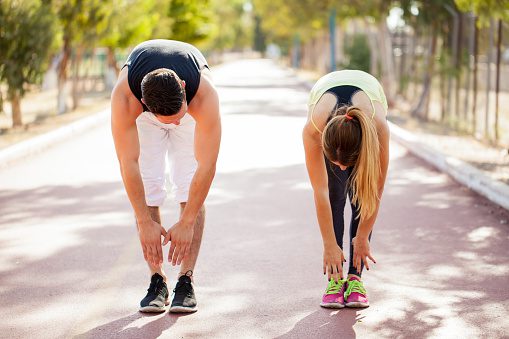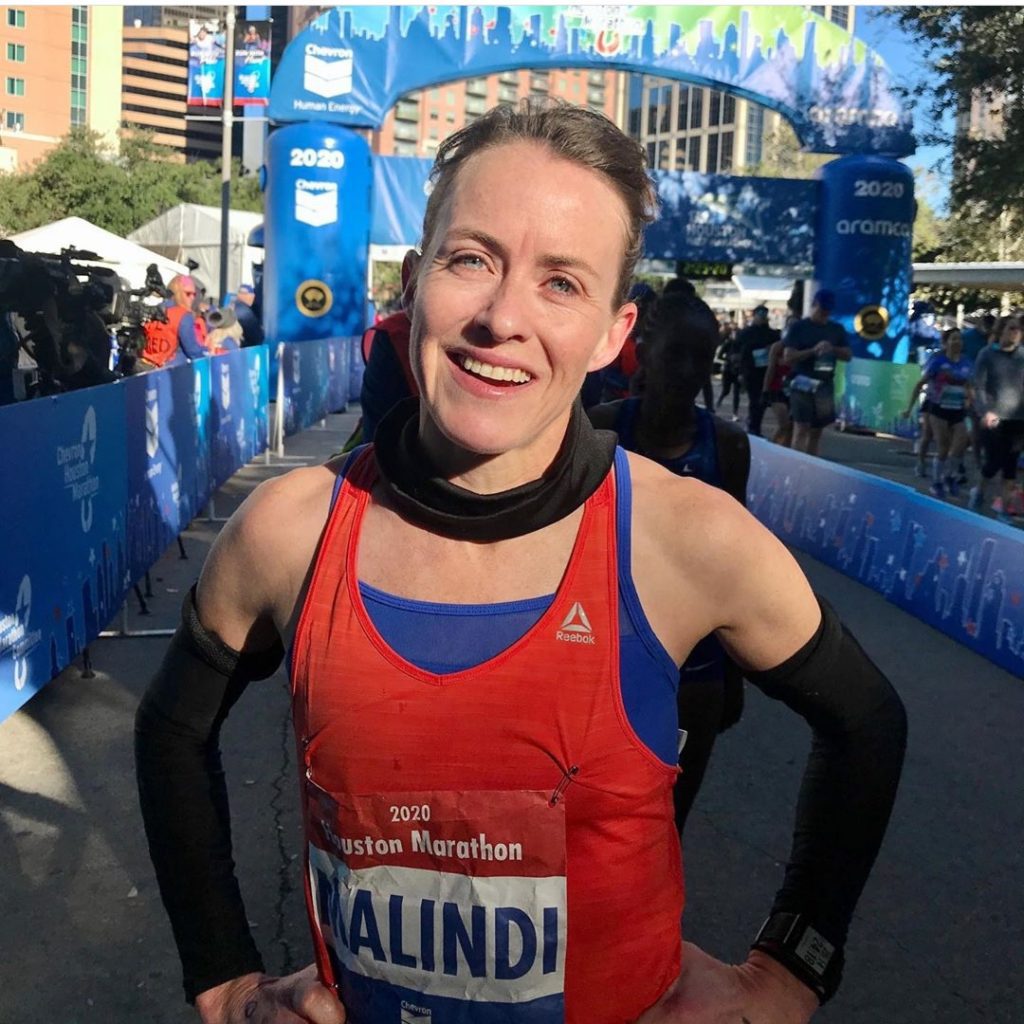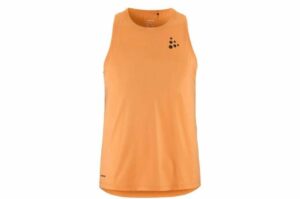Poor sit-and-reach results can mean better running economy
Can't touch your toes? You're probably a good runner

Do you remember high school gym class when you would do a series of tests to determine your overall fitness level? One of those tests was known as the sit-and-reach. You’d be asked to sit against a wall and reach as far forward as possible. If you’re a runner, there’s a very good chance that you scored notably low on this test (and if personal experience is any indication, on the grip test as well).
RELATED: How much running is needed to maintain fitness?
I never passed the presidents physical fitness test in elementary school. Why? I couldn't touch my toes…
A nice reminder that there are a number of ways to define 'fitness' or whatever category, and sometimes our definitions are wrong.
— Steve Magness (@stevemagness) April 25, 2020
If you’re one of those people who couldn’t touch their toes in high school, turns out it might actually be a good thing for your longterm running ability. Trent Stellingwerff, a physiologist based out of Victoria, explains that stiffness plays a role in running economy and, to a certain extent, the stiffer you are, the more efficient your body is.

RELATED: Female masters marathoners are the new cohort of elites
A 2002 study looked at the relationship between running economy and sit-and-reach performance, and they found that the least flexible runners were also the most economical. Stellingwerff says there are many real life examples of this too.
“As you get older, your tendons get stiffer,” he says. “I think this is partly why we’re seeing masters marathoners run so quickly. Think of Malindi Elmore, or even Eliud Kipchoge. They’re getting older but their running economy is getting better and they’re running faster.”
Running economy refers to the amount of energy expended to maintain a particular speed. Another study (this one used untrained runners as subjects) found that participants with the lowest flexibility happened to have the most naturally economic running styles. Researchers believe that this was a result of low range of motion leading to better stabilization when the foot hits the ground. Basically, excessive range of motion means there’s more energy used to stabilize muscles, and lower range of motion eliminates that use of energy.

However, Stellingwerff cautions that too much stiffness can cause issues.
“Mobility routines are key and they’re so easy to do. It can be done in a small room on a carpet. Adding a short mobility routine ahead of a run is a great way to remain injury free.”
RELATED: Hip mobility exercises for runners
Lots of professional runners chimed in on the Twitter feed, saying they too have struggled with sit-and-reach. Since Amelia Boone (one of America’s best obstacle course racers) and Cory McGee (4:04 1,500m runner) also failed on flexibility, if you’re an inflexible runner who has been able to stay healthy, keep doing what you’re doing.

